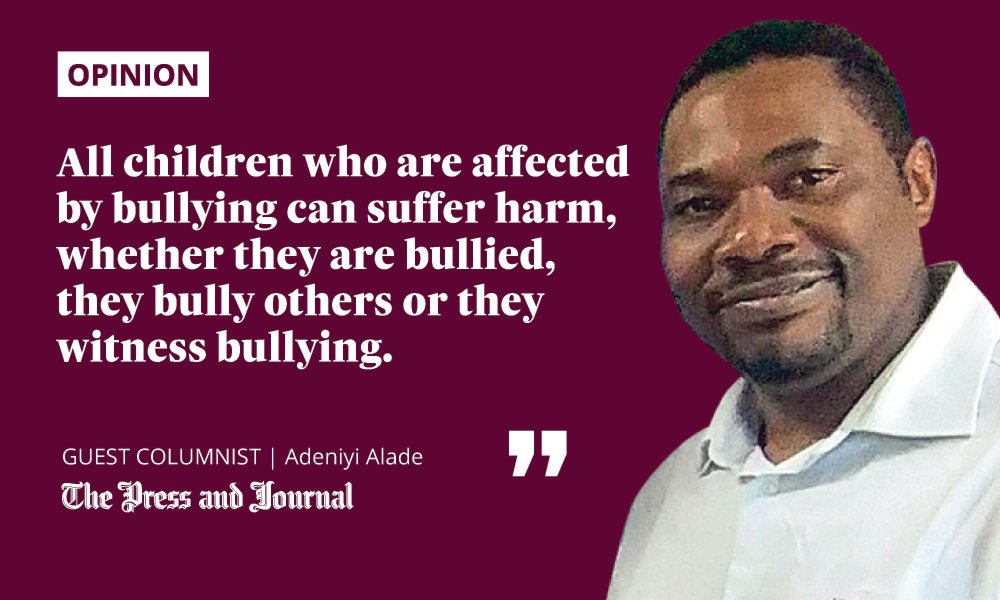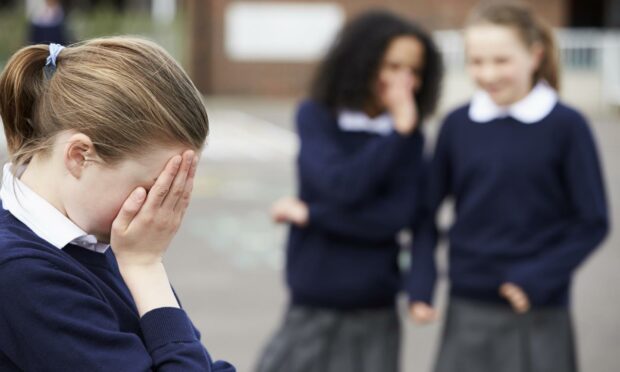Bullying is an issue that has always affected children and, since Childline began 35 years ago, thousands of young people have turned to the service to share their experiences.
In the last year alone, more than 300 young people living in Scotland have spoken to our Childline counsellors about how bullying has affected them.
Bullying can take different forms. It can be physical, such as hitting or pushing, or verbal, like name-calling or making threats, and can also take place online. Ignoring and isolating someone is also a form of bullying.

The effects of bullying can last into adulthood. At its worst, it has driven children and young people to self-harm and even suicide. Children who are bullied may develop mental health problems like depression and anxiety, have fewer friendships, and may not do as well as others at school.
All children who are affected by bullying can suffer harm, whether they are bullied, they bully others or they witness bullying.
How to approach bullying as a parent
This anti-bullying week, we want to remind children that Childline is here for them and that they don’t have to deal with this issue alone.
If, as a parent or carer, you are worried that your child is being bullied, we would recommend that you firstly talk to your child and remind them they can come to you with anything that might be making them feel anxious or sad.
If your child speaks to you about an experience of bullying they’ve had, try to remain calm and don’t overwhelm them with questions. Reassure them that they have not done anything to deserve being bullied, and that you’re always there for them.
If your child is experiencing bullying online, you can show them how to report or block a message that upsets or worries them
You can also talk to their school. It doesn’t matter whether the bullying is happening on the premises, outside or on the internet. All schools have a responsibility to protect their pupils from bullying. If the school is unable to fully act, you can also report to the police.
If your child is experiencing bullying online, you can show them how to report or block a message that upsets or worries them. You could also suggest they take some time away from the app they received the messages on and do another online activity they enjoy, like playing a game.
Over the past year, Childline has delivered 6,654 counselling sessions on bullying, with a 25% increase in online bullying compared to the year before.
For some, this bullying had moved online for the first time.
Childline is always available online: https://t.co/dMFlOyPIWf pic.twitter.com/hxQiQxVG7x
— NSPCC (@NSPCC) November 16, 2021
Finally, it’s important that all adults know the NSPCC helpline is here for them if they have a concern about a child or if they need more support.
Adults can call the helpline for advice on 0808 800 5000. Children can contact Childline on 0800 1111 or online at childline.org.uk.
Adeniyi Alade is head of Childline in Scotland
